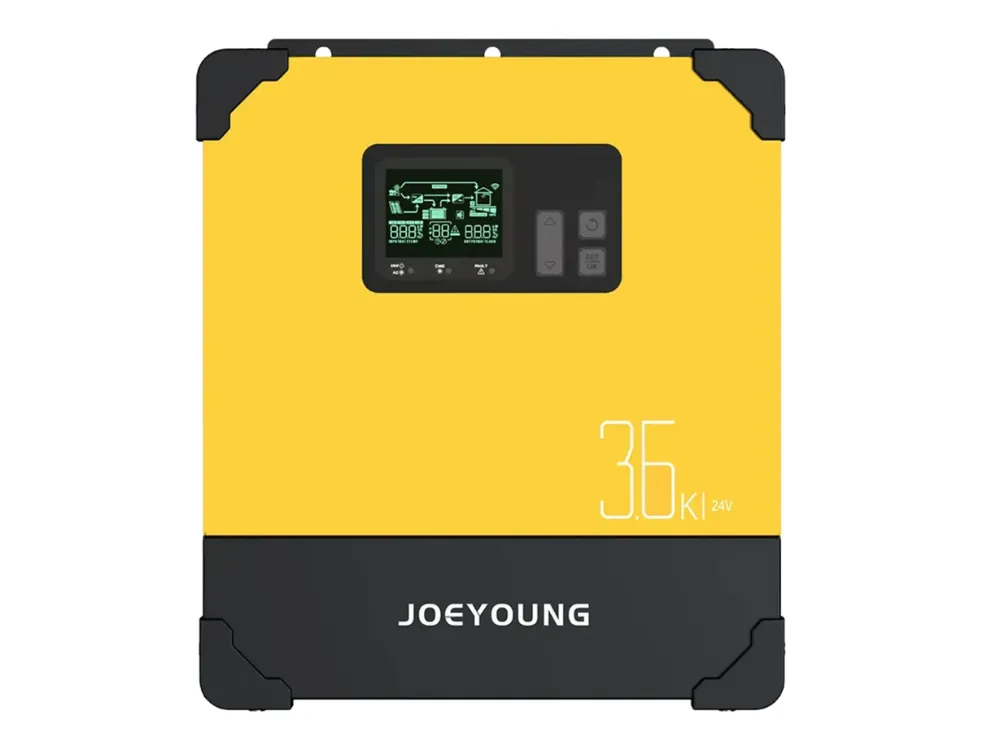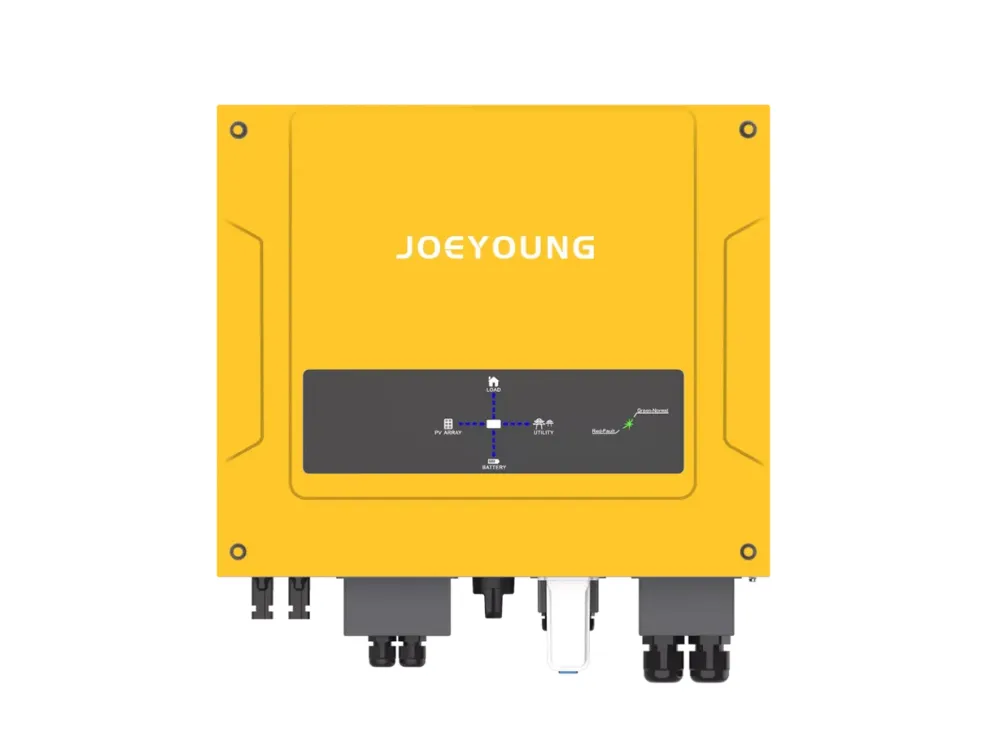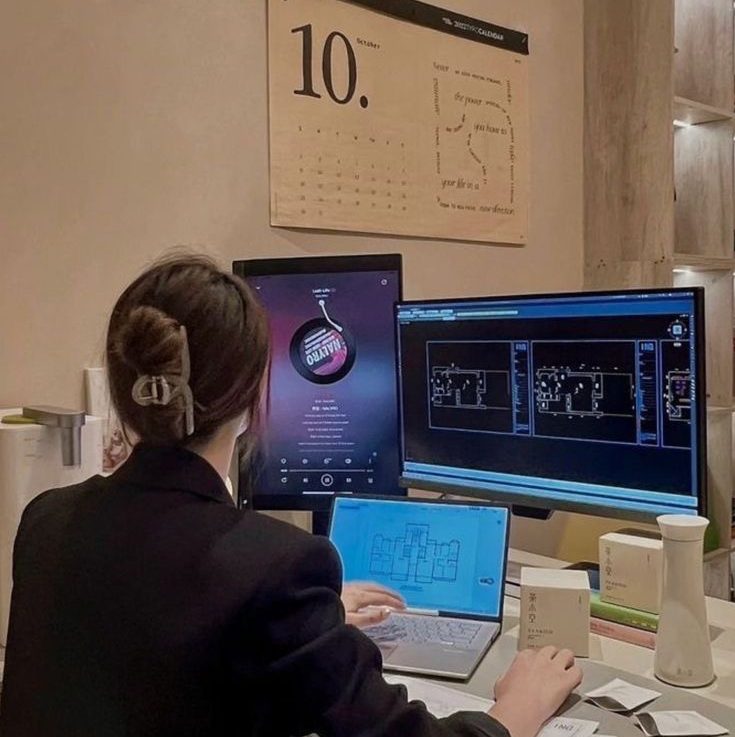In the world of renewable energy, inverters are an essential tool in supporting the operation of solar power systems. This is because inverters work to ensure maximum conversion of energy from solar panels to various devices. Among the many brands available, Fronius and JOEYOUNG are often top of mind for users looking for high-quality solutions.
This article will provide some key comparisons between Fronius inverters and JOEYOUNG inverters to give you more insight into these two products.

Company Overview
Here is a brief company overview explanation of the two leading inverter manufacturers worldwide.
Fronius International

Fronius is a family-owned manufacturer that has been led by three generations. The company focuses on the development of new, research, and revolutionary technologies in photovoltaic, battery charging, and welding technology. The vision of Fronius is to provide high-quality products that can be relied on and used as a 24-hour energy supply.
In the solar energy world, Fronius focuses on developing products such as photovoltaics, backup power solutions, storage solutions, e-mobility, heating with PV, and system monitoring. Fronius inverters themselves have developed and are well-known internationally.
JOEYOUNG

JOEYOUNG is a well-known solar inverter manufacturer that has been operating in the world of renewable energy since 2007. With more than 17 years of experience in the world of renewable energy, JOEYOUNG specializes in the research, development, and production of various solar products with high quality. Based on this high experience, the quality and performance of each product have been recognized by many communities around the world.
JOEYOUNG provides various products and services from off-grid inverters, grid-tied inverters, hybrid inverters, microinverters, DC to AC inverters, and Solar Charge controllers. Each of JOEYOUNG’s products is known for its high level of efficiency, reliability, and outstanding compatibility with various photovoltaic systems and energy storage systems.
The Difference Between Fronius Inverter vs JOEYOUNG Inverter

Here are key differences between Fronius Inverter and JOEYOUNG Inverter.
| Feature | Fronius Inverter | JOEYOUNG Inverter |
|---|---|---|
| Price | $800-$1000 | Start from $59.90 (lower than Fronius) |
| Efficiency | >90% | >90% |
| Protection | Less than 7 protection | More than 8 protection |
| Control and Monitoring | Integrated with Web | Integrated with Application and Web & remote control |
| Display Screen | LCD (some products are not equipped) | All product equipped by LCD that display battery, voltage, and VAC information. |
| Cooling Technology | Active cooling (fan-based) | Dual-fan and overheating protection |
| Size | Bigger and sturdy | Smaller and sturdy |
| Battery Compatibility | Yes (with hybrid inverters) | Yes (all inverters product) |
| Warranty | 10 years | 2-5 years |
| Durability | Excellent, able to withstand various environmental conditions. | Excellent, able to withstand various environmental conditions. |
Why Must JOEYOUNG Inverters?

These are several reasons why we need JOEYOUNG inverter as our future energy solutions systems.
- Reliable Manufacturing Expert
JOEYOUNG has been involved in the world of renewable energy and has operated in making inverter products since 2007, so it has more than 17 years of experience in this field. With this length of experience, JOEYOUNG has reliability in the field of inverter production. - Using Quality Components
All JOEYOUNG products have been coated with a variety of quality components that can make the performance of each inverter product incomparable. Each JOEYOUNG product provides its maximum performance in supporting renewable energy systems. - Has a High Efficiency Level
All inverter products from JOEYOUNG have an efficiency level of more than 90% which can make the inverter work optimally in converting energy sources. Inverters can reduce large power losses during the conversion process. In addition, the high-efficiency level possessed by each inverter can make the battery life last longer. - Rigorous Testing Process
Every JOEYOUNG inverter product goes through various rigorous tests, so its durability, performance, and quality are highly reliable. - Supported by a Reliable R&D Team
JOEYOUNG is supported by a reliable R&D team in delivering a variety of innovations and new solutions in designing each exclusive inverter product.
How to Buy a JOEYOUNG Inverter?
To buy JOEYONG products, you can visit our official website home page Solar Inverter Manufacturers and explore the various inverter variations that we provide according to your needs. Or you can click the link below to find out product details and specifications.
| Off-grid Inverter | Hybrid Inverter | Grid-tied Inverter | Pure Sine Wave Inverter | Modified Sine Wave Inverter | Micro Inverter |
|---|---|---|---|---|---|

|

|

|

|

|

|
| Click here | Click here | Click here | Click here | Click here | Click here |
If you are experiencing problems and want to consult with our experts, you can contact us here. We will provide our best service in helping you to choose the renewable energy that suits your preferences.
Frequently asked questions
An inverter converts a DC source into AC and distributes it to various electrical devices that require power.
Inverters can supply electricity in areas with limited access to electricity, can be used as backup power, save energy, are environmentally friendly because they do not produce carbon footprints, and as emergency tools.
Inverters can last for 10-20 years based on how the user maintains the inverter. Inverters can last less than 10 years if the maintenance is not proper, and inverters can last more than 10 if the maintenance is proper.

This article contains things you should know about two main types of frequencies to be compared: low- requency vs high frequency inverters.

This article will explore the differences between 12v inverter vs 24v inverter, considering factors such as energy loss, battery requirements, and suitability for different applications like solar setups, RVs, or emergency power solutions.

In this article we will discuss pure sine wave vs modified sine wave in-depth, starting with the differences, advantages, and disadvantages.



